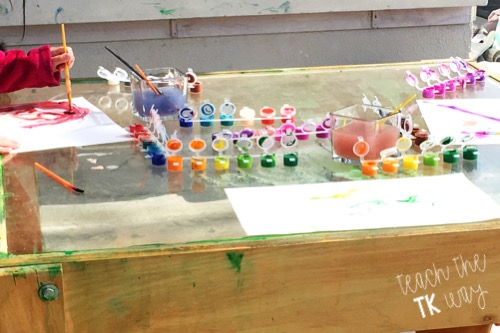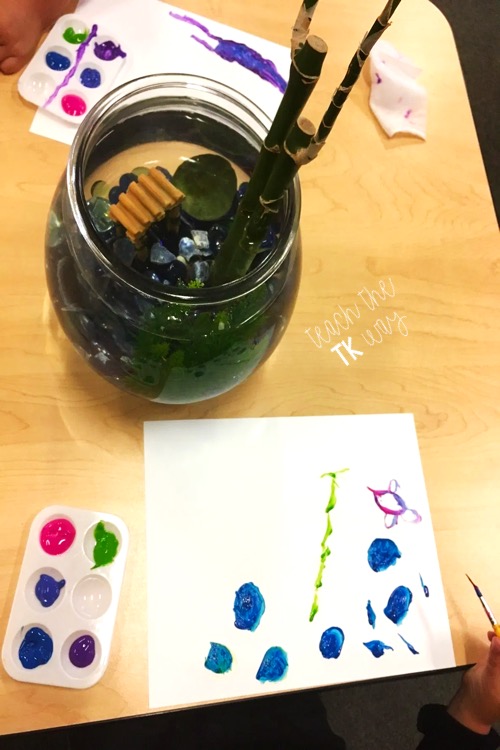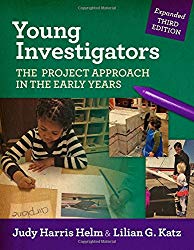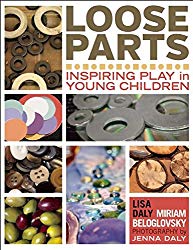Provocations, what exactly are they?
- An invitation to learning.
- An activity that provokes thought.
- An interest that elicits a particular response.
Provocations in the early years are activities and ideas that encourage the students to deepen their learning and renew their sense of wonder. This post is the first in a series where I will share my favorite provocation setups for each of the academic domains. Math, Literacy, Art, Science, Engineering, Writing, and Morning Meeting.
Gathering Materials for a Provocation
The set up for a provocation does not have to be labor-intensive or break the bank. As a result, teachers will typically have 90% of the needed materials for an amazing learning experience. Follow the children’s interests, and if it seems to be something you do not readily have on hand reach out to parents. Many times they will have items that can help on the journey.

A few years ago I had a student so interested in trains that others began questioning details about how trains worked. I had a few items for a quality provocation, but not enough. I reached out to the student’s parents and they came through two days later with a huge box. Filled with books, trains, photographs, and a real working model. They allowed us to borrow the items for as long as we needed, and my young student was proud of the way he could explain all of the parts to his peers. He quickly became the resident expert and taught us about all things mechanical.

Setting Up a Provocation
The idea behind a provocation is to attract the children, offer beautiful authentic materials and deepen their level of understanding. There are photographs floating around the internet that are of beautifully set up provocations. However, only looking at the provocation from an adult view can sometimes set us up for disaster or unrealistic expectations. It can be disheartening to see all of your carefully thought out plans destroyed in seconds or completely ignored.

When beauty is the only thought given to provocations the results will be less than stellar. Successful provocations are child-centered and accessible to the students. Set realistic expectations as well. Sometimes provocations do not go over as well as the educator believes they should have. It’s ok. Save your items and try again later. Don’t spend so much time dwelling on the lack of interest that you forget the real reason for the set-up in the first place.

I use the Young Investigators book to help me keep the students in mind while designing long term projects, made up of smaller provocations. Plus the Loose Parts series for inspiration. You can click directly on the photos (affiliate links) to learn more about the books.


Why are Provocations Necessary?
Part of a natural classroom environment is to design a space where students can feel comfortable when they branch out in their learning. Provocations help them touch on a multitude of subjects and help them delve deeper into the world of learning. Every Wednesday for the next few weeks come back and see what special ideas I have for you.
As an Amazon Associate, some of the links in this post will earn me a small commission, at no additional cost to you.




2 Responses